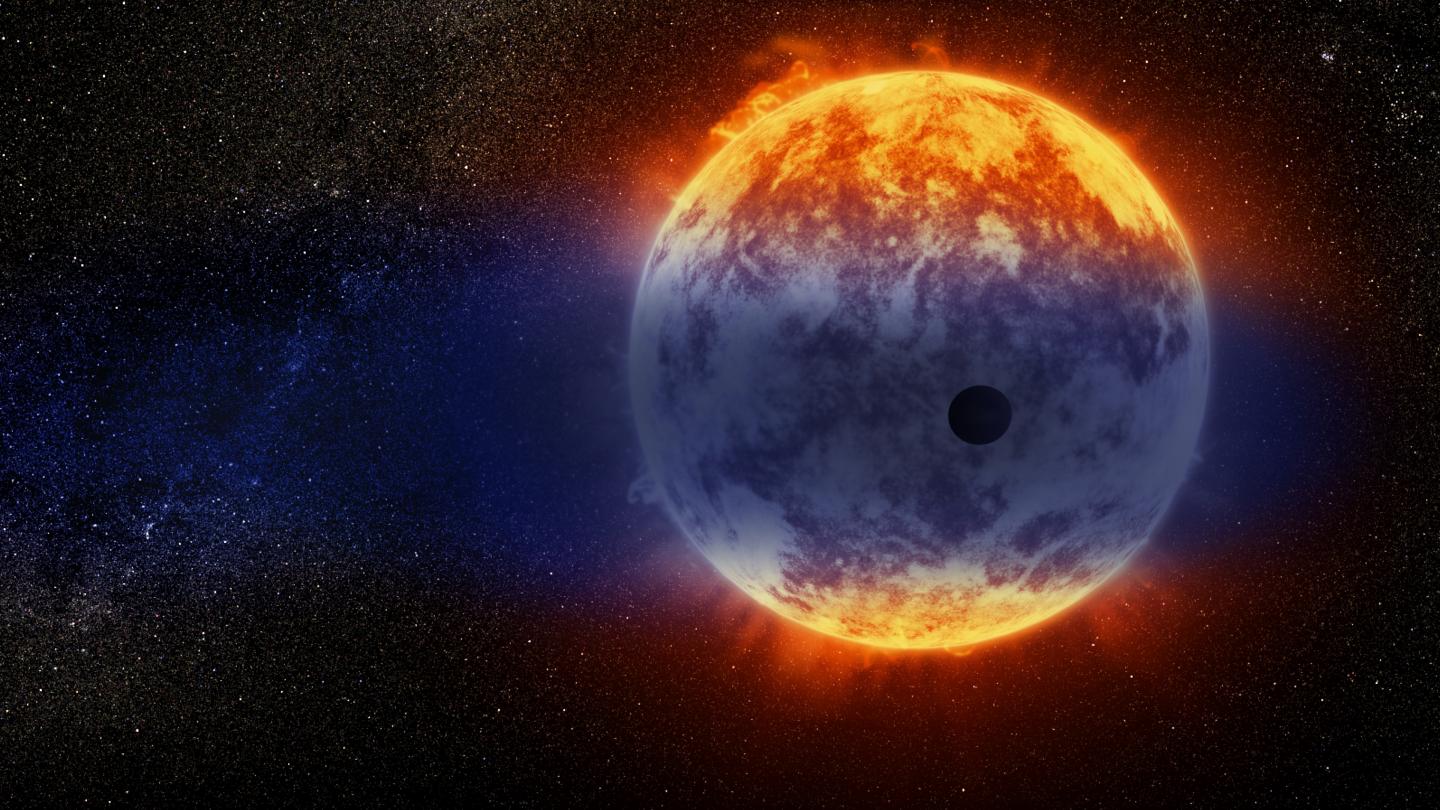Scientists believe they can determine how long an exoplanet can survive based on their speed and distance from their host stars. However, one distant evaporating exoplanet caught their attention because of how fast it’s losing mass.
The planets far away from our solar system hide a lot of secrets. One of them is the Neptune-sized planet referred to as GJ 3470b, which scientists say is evaporating at a pace 100 times faster than the evaporation rate of a similar planet they refer to as GJ 436b. The researchers published their findings in the journal Astronomy & Astrophysics.
“This is the smoking gun that planets can lose a significant fraction of their entire mass. GJ 3470b is losing more of its mass than any other planet we seen so far; in only a few billion years from now, half of the planet may be gone,” study author and Bloomberg Distinguished Professor David Sing of Johns Hopkins said in a statement on Phys.org.
The discovery and research belong to the Panchromatic Comparative Exoplanet Treasury (PanCET) program led by Sing. The program is ambitious in studying the atmospheres of 20 exoplanets using ultraviolet, optical and infrared light. This is the largest exoplanet observation program using NASA’s Hubble Space Telescope.
Scientists are particularly eager to learn how planets lose their mass, and this distant evaporating exoplanet they examined recently is a perfect example. Planets belonging to this group include “super” Earths and “hot” Jupiters.
Scientists had plenty of large Jupiter-sized planets and smaller Earth-sized planets to study. However, this was a rare opportunity to study a Neptune-sized planet as it evaporates. Scientists say the atmosphere of this distant evaporating planet and others like it is stripped over time, causing the planet to become smaller.
Using the Hubble Space Telescope, the team learned that the planet GJ 3470b has lost significant amounts of mass, resulting in a smaller exosphere than that of the previously studied GJ 436b. This is likely a result of the exoplanet’s reduced density and the fact that its host star gives off stronger radiation.
The team estimates that the distant GJ 3470b has already lost about 35% of its total mass, and that over the course of a few billion years, all of its gas may vanish. That would leave the distant evaporating exoplanet with only a rocky core.
“We’re starting to better understand how planets are shaped and what properties influence their overall makeup,” Sing said. “Our goal with this study and the overarching PanCET program is to take a broad look at these planets’ atmospheres to determine how each planet is affected by its own environment. By comparing different planets, we can start piecing together the larger picture in how they evolve.”
Sing and the team are looking forward to extending the study and searching for helium particles in infrared light, which should yield more fruitful results than their search for hydrogen. Scientists say planets are mainly made up of hydrogen and helium. In addition to the Hubble, scientists hope to use the James Webb Telescope once it launches because it’s much more sensitive to helium.





